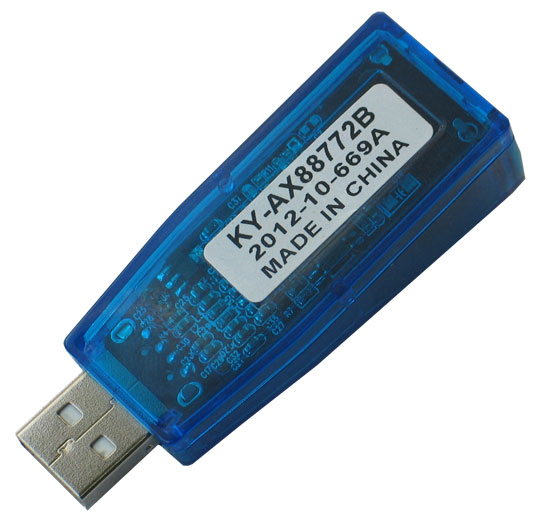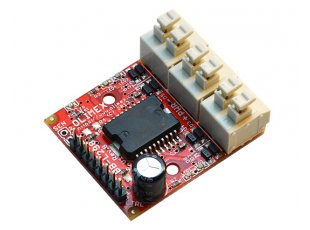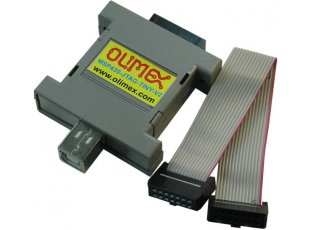env:olimexf103 platform = ststm32 board = olimexf103 You can override default Olimex STM32-H103 settings per build environment using board. option, where. is a JSON object path from board manifest olimexf103.json. By OLIMEX Ltd in new product, wifi, wireless Tags: ar9271, dongle, drivers, Firmware, linux, Open, Source, usb, wifi AR9271 chipset is the only one with Open Source Firmware and Linux drivers. It has build in Kernel support since Kernel 2.6.35 so if you want to run GNU/Linux clean of non-free binary blobs with unknown content this is the device. Driver (VCP) and the D2XX API driver. Since the FTDI VCP driver is built into the Linux kernel, this document will focus on the installation of the D2XX driver. To ensure all FTDI devices have VCP driver support, FTDI recommends installing the latest kernel release on the Linux system. In Linux, the VCP drivers will appear as /dev/ttyUSBx.
Overview¶
I would suggest to use ZADIG Universal USB-Driver instead of the FDTI drivers. It works fine under Win10 and is also the favorite method given in the Olimex homepage of the probe. The other drivers you tell are depricated and should not be used under Win10.
Zephyr applications use the olimex_stm32_e407 board configurationto run on the OLIMEX-STM32-E407 open source hardware. It is based onthe STMicroelectronics STM32F407ZG ARM Cortex-M4 CPU.
Hardware¶
Information about the board can be found at theOLIMEX-STM32-E407 website and OLIMEX-STM32-E407 user manual.The ST STM32F407ZG Datasheet contains the processor’sinformation and the datasheet.
Olimex Drivers Windows 10
Supported Features¶
The olimex_stm32_e407 board configuration supports the followinghardware features:
| Interface | Controller | Driver/Component |
|---|---|---|
| NVIC | on-chip | nested vectoredinterrupt controller |
| SYSTICK | on-chip | system clock |
| UART | on-chip | serial port |
| GPIO | on-chip | gpio |
Other hardware features are not supported by the Zephyr kernel.
Pin Mapping¶
LED¶
- LED (green) = PC13
- PWR_LED (red) = power
External Connectors¶
JTAG/SWD debug
| PIN # | Signal Name | Pin # | Signal Name |
|---|---|---|---|
| 1 | +3.3V | 11 | |
| 2 | +3.3V | 12 | GND |
| 3 | PB4 / TRST | 13 | PB3 / TDO |
| 4 | GND | 14 | GND |
| 5 | PA15 / TDI | 15 | PB4 / TRST |
| 6 | GND | 16 | GND |
| 7 | PA13 / TMS | 17 | |
| 8 | GND | 18 | GND |
| 9 | PA14 / TCK | 19 | +5V_JTAG |
| 10 | GND | 20 | GND |

UEXT
| PIN # | Wire Name | STM32F407 port |
|---|---|---|
| 1 | +3.3V | |
| 2 | GND | |
| 3 | PC6/USART6_TX | PC6 |
| 4 | PC7/USART6_RX | PC7 |
| 5 | PB8/I2C1_SCL | PB8 |
| 6 | PB9/I2C1_SDA | PB9 |
| 7 | PC2/SPI2_MISO | PC2 |
| 8 | PC3/SPI2_MOSI | PC3 |
| 9 | PB10/SPI_SCK/UART3_TX | PB10 |
| 10 | RB7/UEXT_CS | PB7 |
Arduino Headers¶
CON1 power
| Pin | Signal Name | STM32F407 Pin# |
|---|---|---|
| RST | RESET | 25 |
| 3V3 | VCC (3V3) | N/A |
| 5V | VDD (5V) | N/A |
| GND | GND | N/A |
| GND | GND | N/A |
| VIN | VIN | N/A |
CON2 analog

| Pin | Signal Name | STM32F407 Pin# |
|---|---|---|
| A0 | PC0 | 26 |
| A1 | PF6 | 18 |
| A2 | PF7 | 19 |
| A3 | PF8 | 20 |
| A4 | PF9 | 21 |
| A5 | PF10 | 22 |
CON3 digital
| Pin | Signal Name | STM32F407 Pin# |
|---|---|---|
| D0 | PB7/USART1_RX | 137 |
| D1 | PB6/USART1_TX | 136 |
| D2 | PE2 | 1 |
| D3 | PE4 | 3 |
| D4 | PE5 | 4 |
| D5 | PR6 | 5 |
| D6 | PG7 | 92 |
| D7 | PG8 | 93 |
CON4 digital
| Pin | Signal Name | STM32F407 Pin# |
|---|---|---|
| D8 | PG12 | 35 |
| D9 | PG15 | 70 |
| D10 | PA4 | 40 |
| D11 | PB5 | 43 |
| D12 | PA6 | 42 |
| D13 | PA5 | 41 |
| GND | AGND | 31 |
| AREF | AREF | 32 |
PD
| PIN # | Signal Name | Pin # | Signal Name |
|---|---|---|---|
| 1 | +3.3V | 11 | PD8 |
| 2 | GND | 12 | PD9 |
| 3 | PD0 | 13 | PD10 |
| 4 | PD1 | 14 | PD11 |
| 5 | PD2/SD_MMC | 15 | PD12 |
| 6 | PD3 | 16 | PD13 |
| 7 | PD4 | 17 | PD14 |
| 8 | PD5 | 18 | PD15 |
| 9 | PD6 | 19 | +5V |
| 10 | PD7 | 20 | GND |
Sealed unit parts port devices driver download for windows. PE

| PIN # | Signal Name | Pin # | Signal Name |
|---|---|---|---|
| 1 | +3.3V | 11 | PE8 |
| 2 | GND | 12 | PE9 |
| 3 | PE0 | 13 | PE10 |
| 4 | PE1 | 14 | PE11 |
| 5 | PE2/D2 | 15 | PE12 |
| 6 | PE3 | 16 | PE13 |
| 7 | PE4/D3 | 17 | PE14 |
| 8 | PE5/D4 | 18 | PE15 |
| 9 | PE6/D5 | 19 | +5V |
| 10 | PE7 | 20 | GND |
Olimex Drivers
PF
| PIN # | Signal Name | Pin # | Signal Name |
|---|---|---|---|
| 1 | +3.3V | 11 | PF8/A3 |
| 2 | GND | 12 | PF9/A4 |
| 3 | PF0 | 13 | PF10/A5 |
| 4 | PF1 | 14 | PF11/A6 |
| 5 | PF2 | 15 | PF12 |
| 6 | PF3 | 16 | PF13 |
| 7 | PF4 | 17 | PF14 |
| 8 | PF5 | 18 | PF15 |
| 9 | PF6/A1 | 19 | +5V |
| 10 | PF7/A2 | 20 | GND |
PG
| PIN # | Signal Name | Pin # | Signal Name |
|---|---|---|---|
| 1 | +3.3V | 11 | PG8/D7 |
| 2 | GND | 12 | PG9 |
| 3 | PG0 | 13 | PG10/UEXT_CS |
| 4 | PG1 | 14 | PG11/TX_EN |
| 5 | PG2 | 15 | PG12/D8 |
| 6 | PG3 | 16 | PG13/TXD0 |
| 7 | PG4 | 17 | PG14/TXD1 |
| 8 | PG5 | 18 | PG15/D9 |
| 9 | PG6 | 19 | +5V |
| 10 | PG7/D6 | 20 | GND |

System Clock¶
OLIMEX-STM32-E407 has two external oscillators. The frequency ofthe slow clock is 32.768 kHz. The frequency of the main clockis 12 MHz. The processor can setup HSE to drive the master clock,which can be set as high as 168 MHz.
Programming and Debugging¶
The OLIMEX-STM32-E407 board does not include an embedded debug toolinterface. You will need to use ST tools or an external JTAG probe.In the following examples a ST-Link V2 USB dongle is used.
If you have an external JTAG probe compliant with the default Zephyr OpenOCDconfiguration, however, then applications for the olimex_stm32_e407 boardconfiguration can be built and flashed in the usual way (seeBuild an Application and Run an Application for more details).
Flashing an application to the Olimex-STM32-E407¶
Connect the ST-Link USB dongle to your host computer and to the JTAG port ofthe OLIMEX-STM32-E407 board. Then build and flash an application.
Here is an example for the Hello World application.
Run a serial host program to connect with your board:
After resetting the board, you should see the following message:
Debugging¶

Provided that you have a JTAG probe, you can debug an application in the usualway. Here is an example for the Hello World application.
